With the spread of coronavirus across the world, the usage and sales of hand sanitisers have skyrocketed in 2020. As hand hygiene became one of the integral ways to keep COVID-19 at bay, people stocked as many hand sanitisers as toilet paper. Together with face masks, it became an essential item that people carried with them as soon as they stepped outside of their homes.
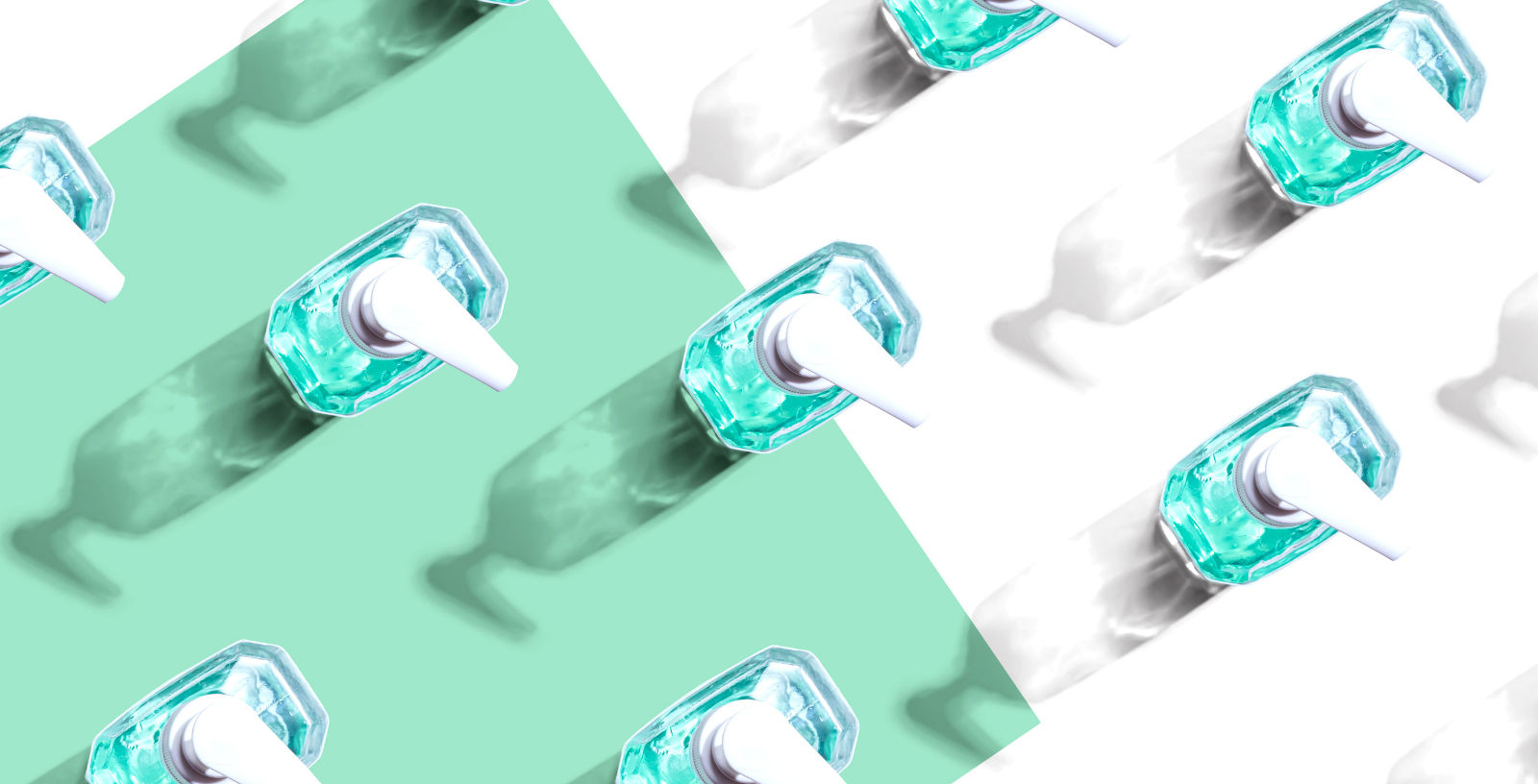
In Italy, hand sanitiser sales soared by 1,807% in the week ending February 15, 2020, compared to the same week a year earlier, notes CNBC. The Global Hand Sanitiser Market is expected to grow in the future with a market value of US $ 8.09 billion at the end of the year 2025. It is safe to say that this hygiene product will stick around for a while.
Are you rubbing microplastics on your hands?
Hand sanitizer consists of roughly 60% alcohol and other ingredients such as scent, dyes, emulsifiers, etc. What a lot of people do not realise is that there can also be microplastics in this mix.
These cleaners are widely available in the form of liquids, gels, foam, and sprays. According to the 2-minute team, 99% of the gel-based products are likely to contain plastics or ingredients that harm the environment. We dived into the product data collected by the Beat the Microbead app, to see how many of our registered hand sanitisers contained plastic ingredients.
Out of 138 registered sanitisers and hand gels, 82 contained microplastic ingredients, 5 had sceptical microplastics and 28 disinfectants had both microplastic and sceptical microplastics. According to these figures, there’s a high chance that you are rubbing microplastics all over your hands every time you are disinfecting them.
Most common microplastic ingredients in sanitisers
The two most common microplastic ingredients we found in these disinfectants are Carbomer and Acrylates/C10-30 Alkyl Acrylate Crosspolymer.
Carbomer, also known as Polyacrylic acid, is a synthetic thickening agent made from acrylic acid. This ingredient is widely used in all types of personal care and cosmetics products such as anti-aging creams and sunscreens. It’s the 2nd most registered microplastic in our database. Because carbomer is a thickening agent, its use in cosmetics is to hold the consistency of the product. It is considered a poorly degradable polymer in the environment and very toxic to aquatic life.
Acrylates/C10-30 Alkyl Acrylate Crosspolymer is a synthetic polymer used as a texture enhancer, emulsifier, film-forming agent, and also as a thickening agent in care products and cosmetics. This ingredient is also poorly biodegradable and may contain toxic impurities. Acrylates/C10-30 Alkyl Acrylate Crosspolymer is the 3rd most registered plastic ingredient in our database.
Microplastic-free sanitiser to get your hands on
Only 23 sanitisers did not have any microplastics. Of these 23, eight are from our certified ‘Zero Plastic Inside’ brands.
There are many sustainable brands that are filling the gap in the market with microplastic-free hand cleansers. Not only that, but some of them also pack them in reusable packaging. Here are some of our picks for disinfectants that are free of any plastic ingredients.
|
1. Beauty Kitchen Beauty Kitchen’s Refillable Organic Vegan Hand Sanitiser is not only completely microplastic-free but is also housed in a reusable aluminum bottle. Over ONE BILLION single-use plastic hand gel bottles will be used in the UK this year and Beauty Kitchen is ready to combat this issue head-on. This brand is also a proud supplier of refillable hand sanitiser to the Scottish Government to support the NHS (National Health Service) and other frontline services. Are you ready to join their #ReuseRevolution? |
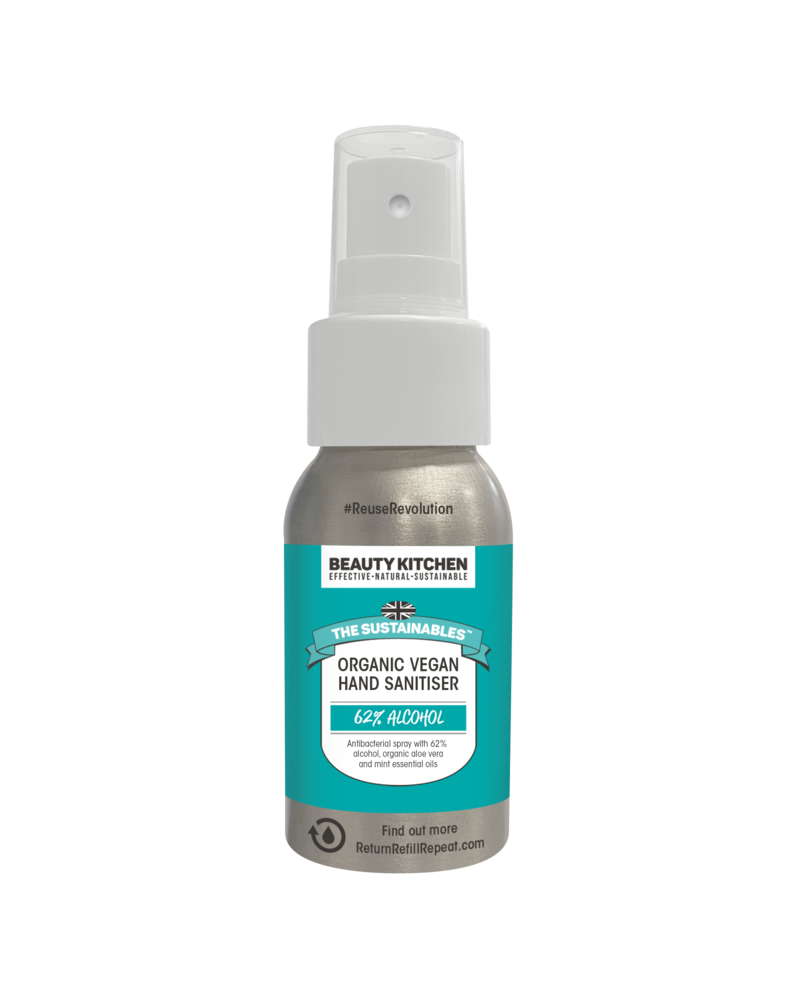 |
| 2. Naïf
This brand is quickly becoming a popular favourite in the Netherlands. And the good news is that they just launched a plastic-free hand spray. This hand spray not only disinfects but also doesn’t let your hands go dry. It’s a 100% vegan and ocean-friendly hand spray to add to your to-go essentials. |
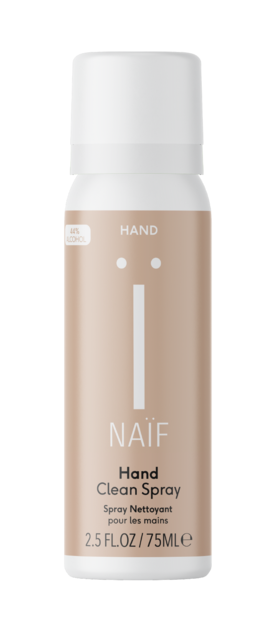 |
| 3. Weleda
You can never go wrong with Weleda. Their fresh and 100% natural hand gel is made with pure vegetable alcohol which has been specially developed to thoroughly clean the hands. But the big bonus is that this hand gel doesn’t have any plastic ingredients. |
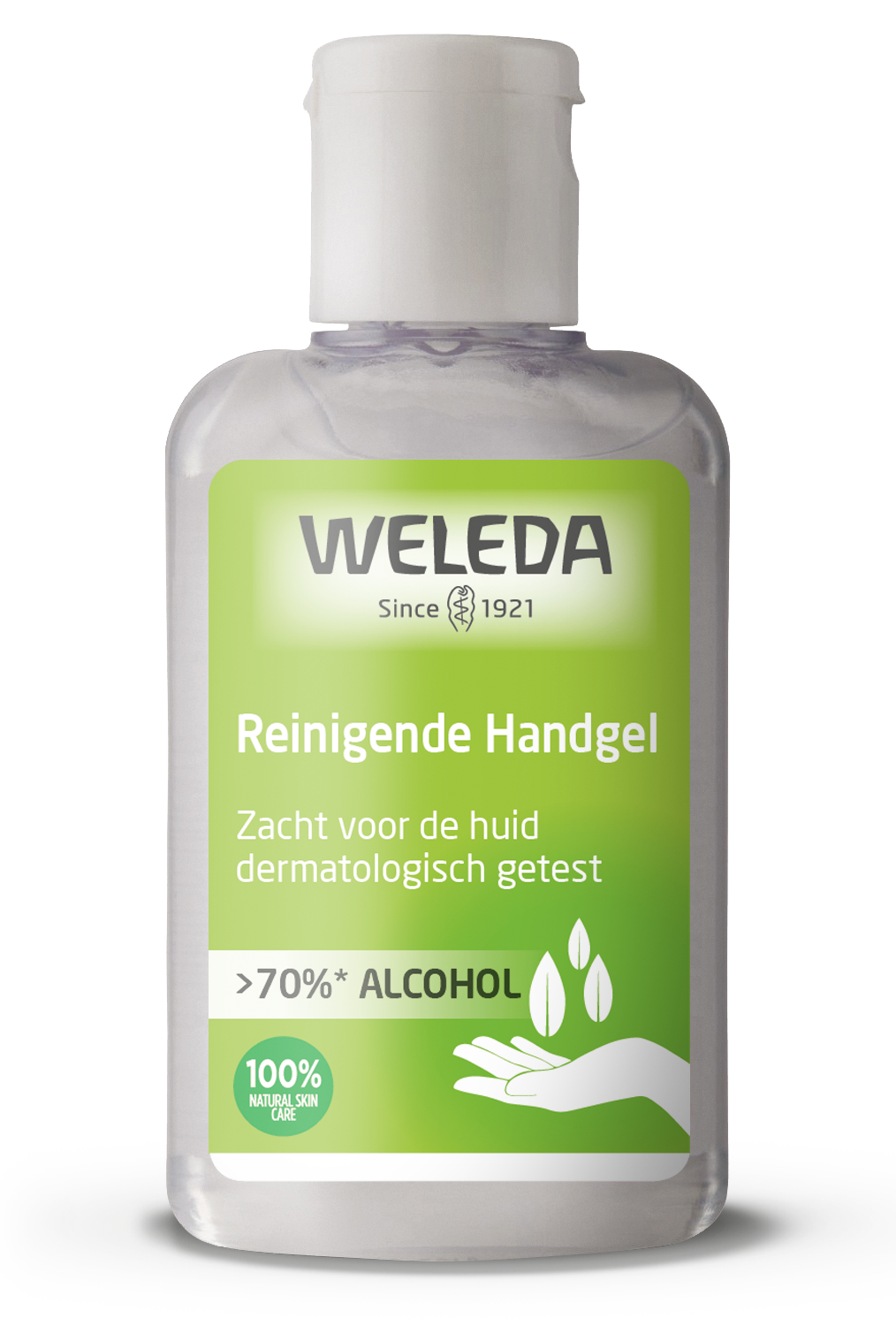 |
| 4. Neal’s Yard Remedies
The natural defence hand rub from Neal’s Yard Remedies is another example of a microplastic-free hand sanitiser. It contains 70% alcohol and a purifying blend of essential oils, and it kills 99.9% of bacteria. This hand rub is also vegan approved.
Check out more microplastic-free hand sanitisers on our website! |
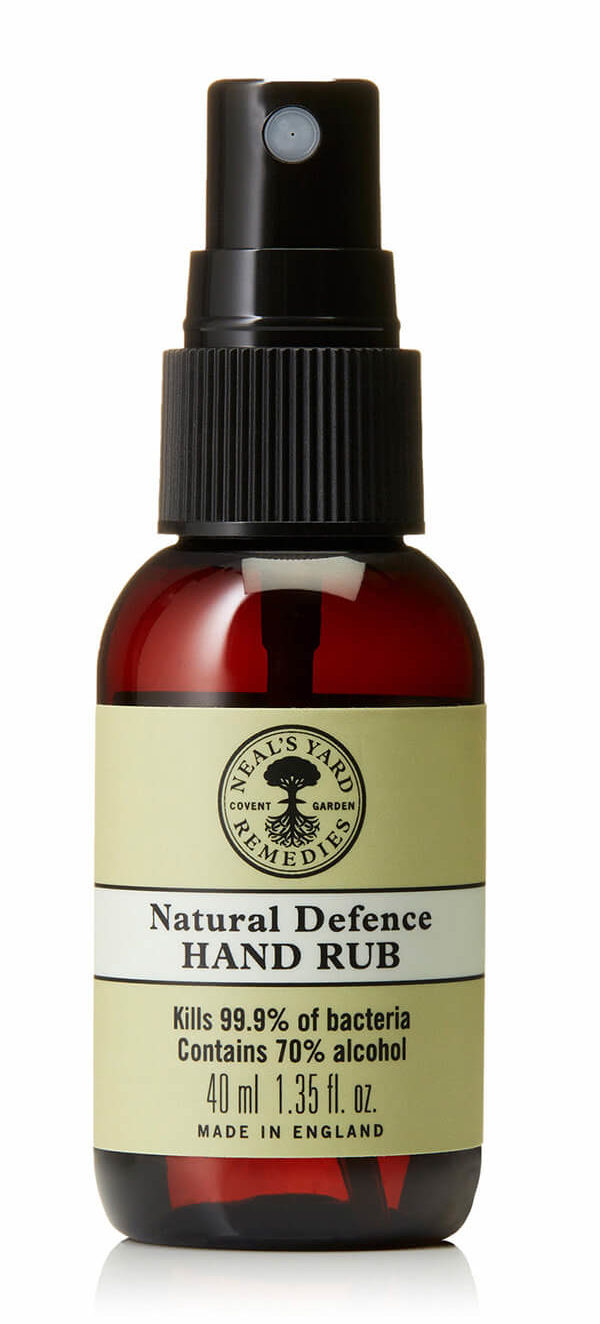 |
Scan before you buy with Beat the Microbead app
These brands make it possible to envision a future where we don’t harm the planet just to protect ourselves. So, scan your hand sanitisers, gels, and foams with the Beat the Microbead app to find out if they contain microplastic ingredients. And if they do, then you know what to do.
You might also be interested in:
→ Check your products for microplastics
→ Sign this petition and ask the EU to ban microplastics in cosmetics
→ Myth buster: toothpaste still contains plastic ingredients!

